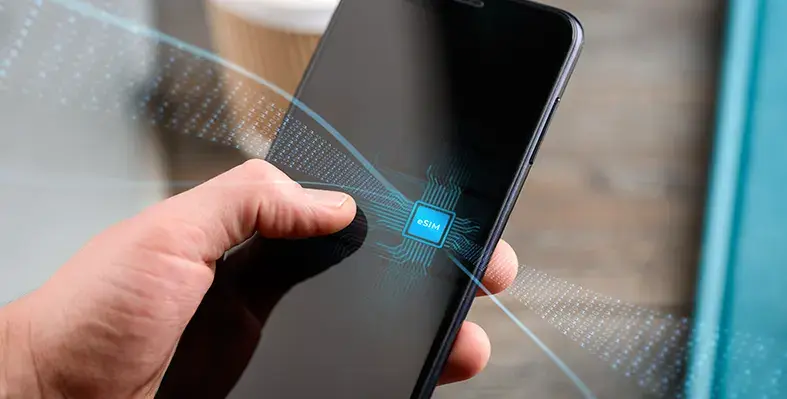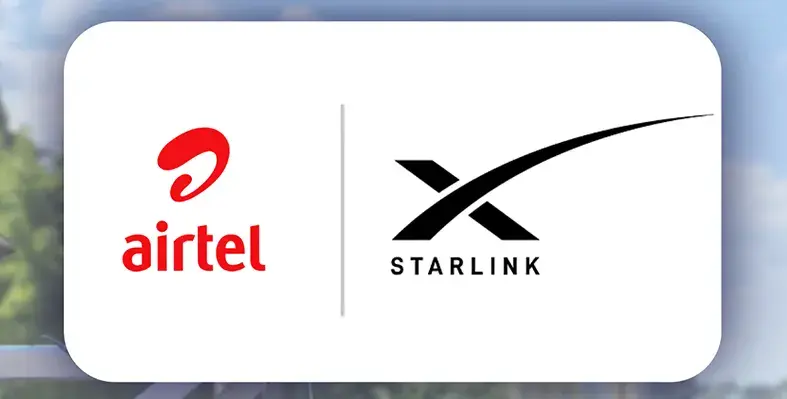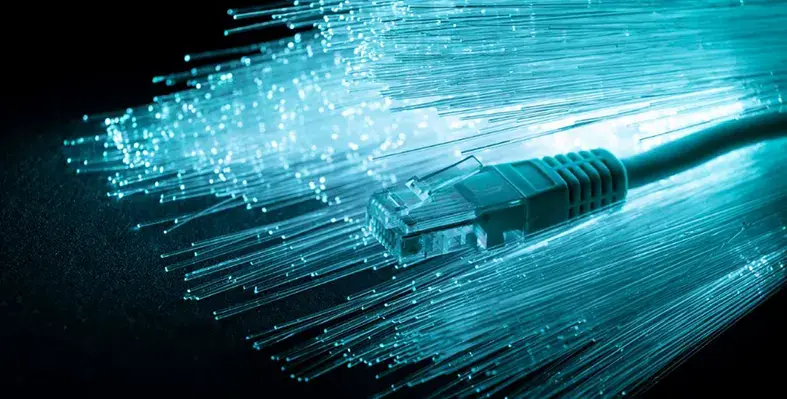Technology firm Heraeus has developed a new solution consisting of silver ink, inkjet printer and curing equipment for Electromagnetic interference (EMI) shielding
EMI can disrupt electronic devices, equipment and systems–in consumer electronics such as mobile phones, but also in automotive, medical or aerospace electronics. With higher electronics performance and new 5G technology, EMI shielding becomes more and more important to have working devices. As frequencies rise, so is the amount of electromagnetic interference.
To tackle this problem, Heraeus has developed a new solution based on a silver ink printer that ensures the proper functioning of onboard high-frequency chips and their ultra-fast data transmission. The system consists of a special silver ink formula and a manufacturing machine that can apply the shielding coating followed by special ultraviolet and infrared healing equipment for curing.
Franz Vollmann, head of Heraeus Printed Electronics, said, “In a 5G world, the Heraeus EMI Shielding Solution is the most cost-effective answer for technology that is going faster, higher and further every day.”
Better shielding with less investment
Heraeus’ new EMI shielding technology is said to saves considerable costs and effort in comparison to traditional shielding technologies like metal housings or vacuum-based sputtering.
In contrast to sputtering, the protective silver layer is applied to the carrier object with sub-micrometre precision by using printing nozzles.
“Our new EMI shielding solution will replace sputtering technology. It not only saves material and costs, but it also leads to a much better shielding performance. This is necessary for further miniaturisation,” added Vollmann.
Silver inkjet printing also offers further decisive cost and efficiency advantages over sputtering. The investment cost for the new Heraeus system is around US$500,000 (depending on the machine configuration), which is a fraction of a sputtering system’s price. At the same time, the number of units that can be produced per hour is between 12,000 and 15,000–more than three times the output from a sputtering system.
Linking Innovation
The advantage of the Heraeus lies in its molecular ink structure: based on Metal Organic Decomposition (MOD), the silver components are not individual ink nanoparticles, but linked elements of organic molecular chains.






















